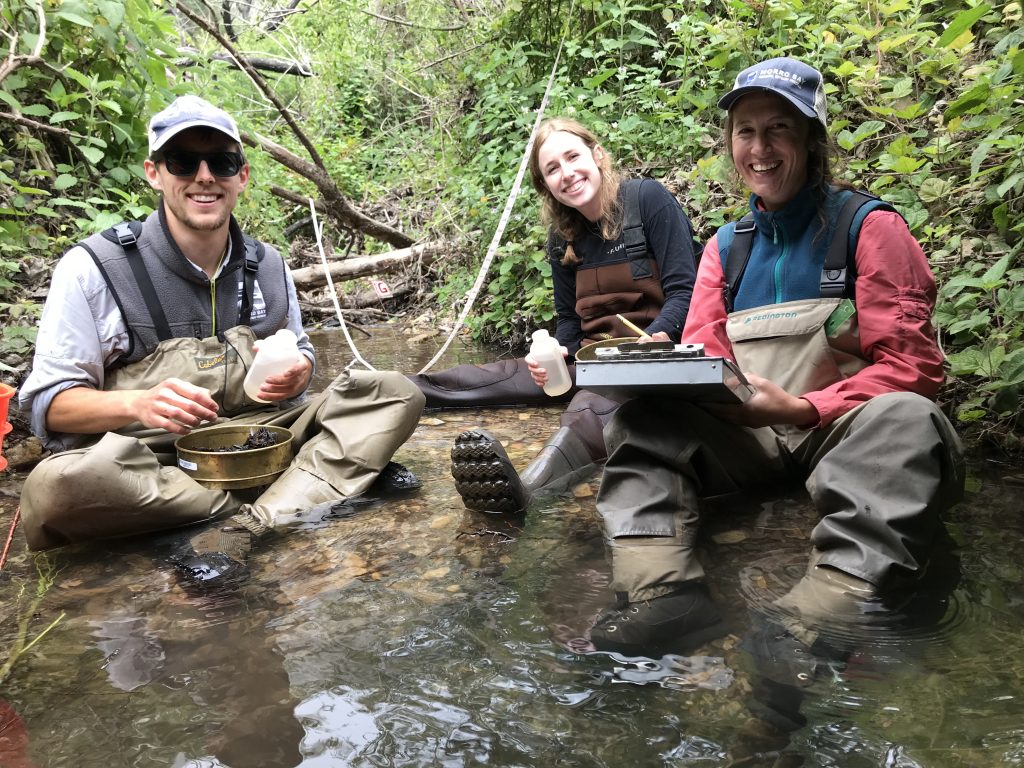Bioassessment Monitoring
Each spring, the Estuary Program conducts bioassessment monitoring throughout the Morro Bay Watershed. Bioassessment monitoring is an important tool that allows us to assess the health of local streams to determine their value as fish habitat. This monitoring involves collecting macroinvertebrates, insects visible to the naked eye, and taking measurements of things like water depth and canopy cover that tell us about the health of the creek.
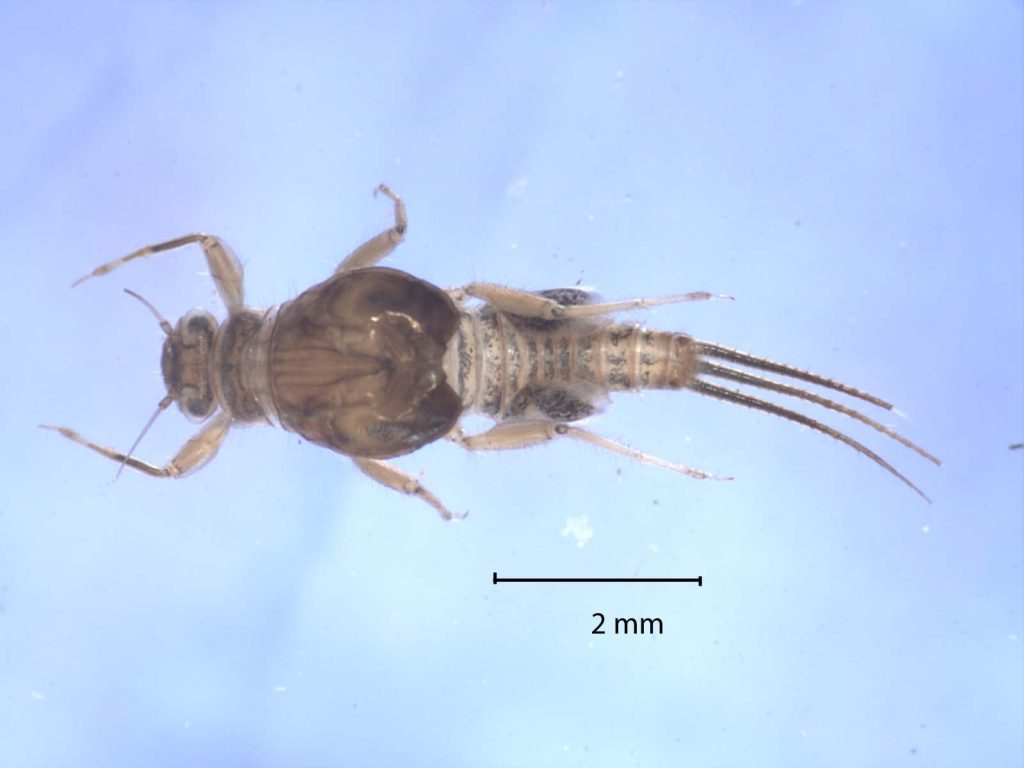
Check out this blog post to learn more about what bioassessment monitoring tells us about the health of our local creeks.
Our bioassessment season kicked off on Saturday, April 14, with our annual training. Seventeen volunteers attended this training and learned how to collect macroinvertebrate samples and conduct habitat assessments.
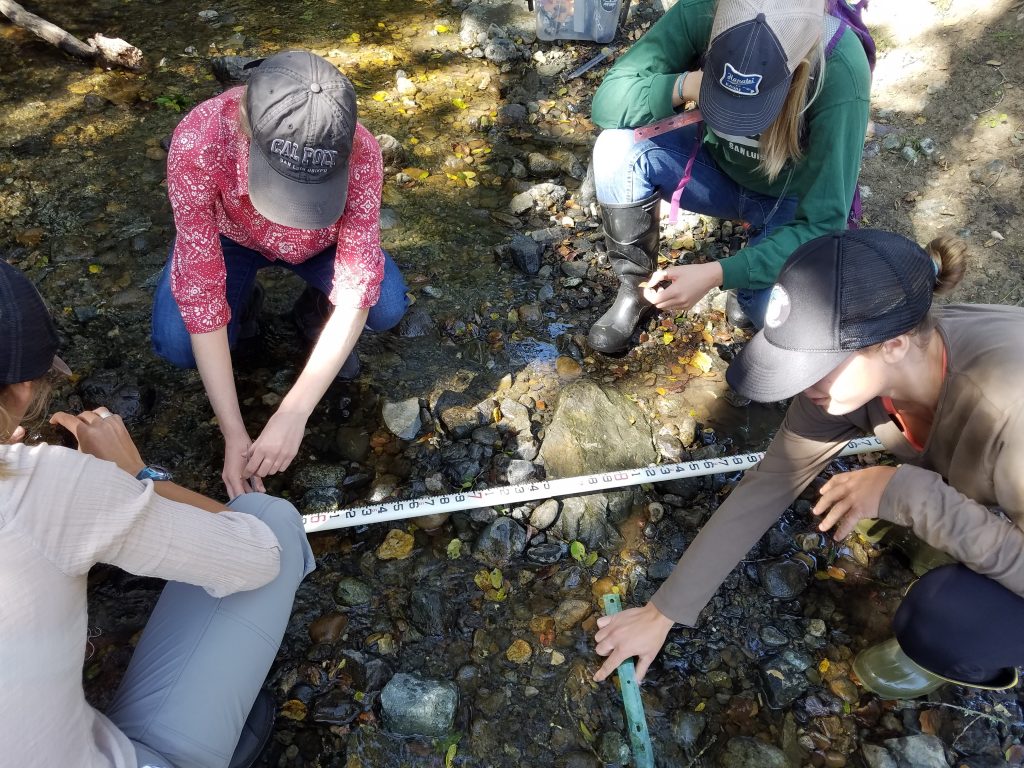
Despite the dry rain year, we were able to conduct ten bioassessment surveys on seven different creeks throughout April and May. These surveys are long and data intensive—we collect over 1,200 data points on each survey. Not including staff time, this effort took 21 volunteers and 157.5 volunteer hours to complete.
This work would not be possible without the help of our amazing volunteers and the generous support of the Harold J. Miossi Charitable Trust. While dozens of volunteers give their time to collect the samples and other data each year, the Trust makes this monitoring and the expensive lab analysis possible. The data helps us understand the health of the creeks and how well they support bugs and fish. Since 2013, the Miossi Trust has given $50,550 to this effort, and $74,452 in total to support Estuary Program monitoring and education efforts.
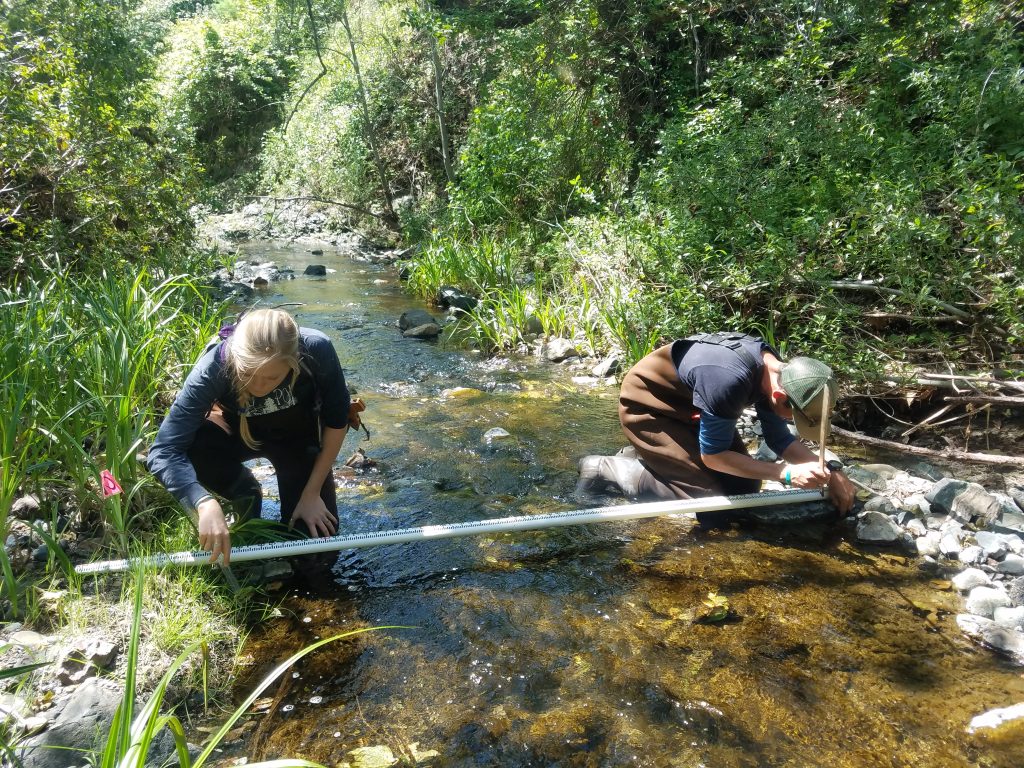
Shane and our new field technician, Melia, work on cleaning the macros while Karissa records habitat information. This was an extraordinarily brushy survey on Coon Creek in Montana de Oro, so in the creek was the only place they could sit down.
We were excited to see stoneflies, like this one, on most of our surveys.
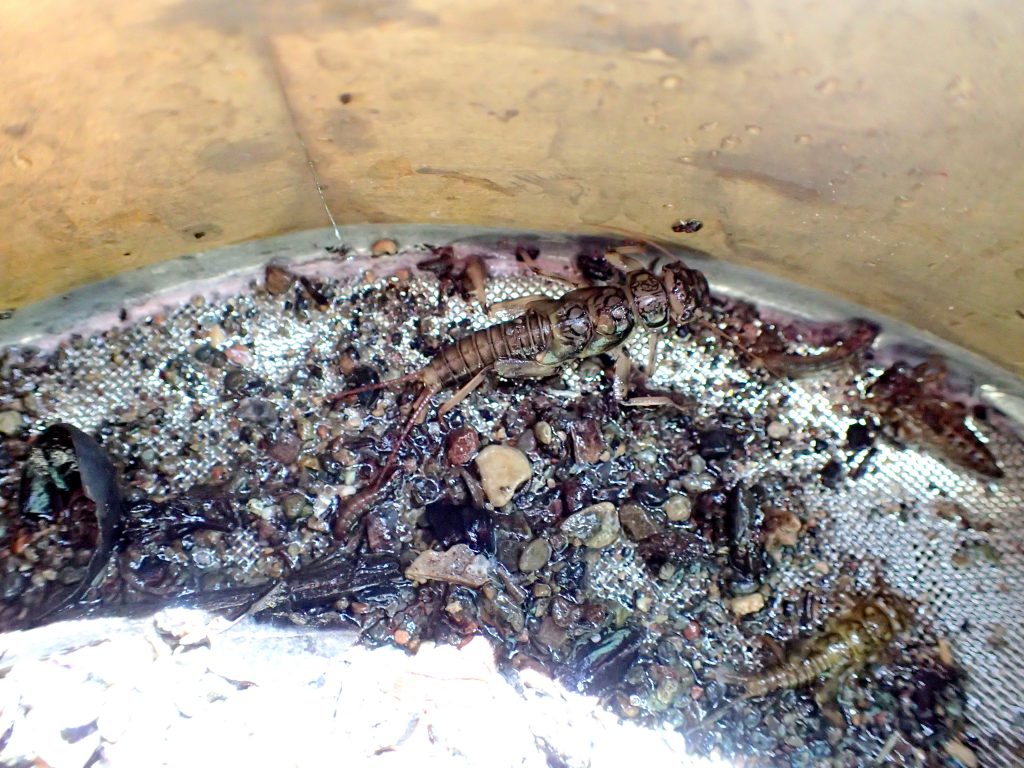
We also found quite a few rocks covered in small caddisflies.
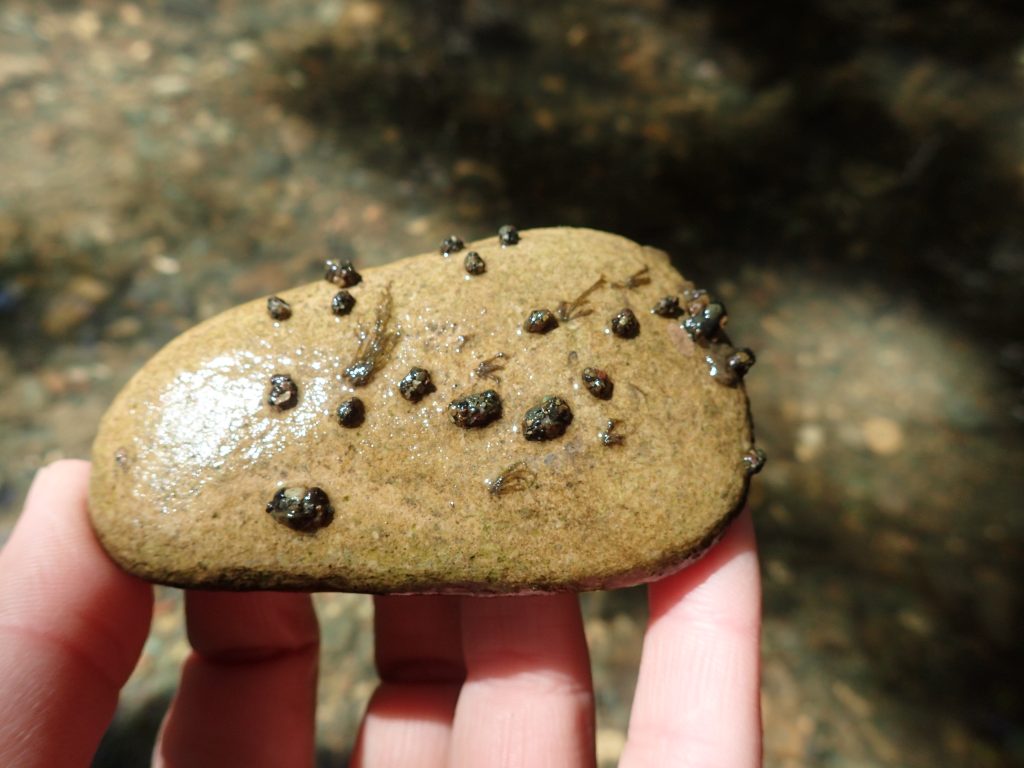
Stoneflies and caddisflies are two of the aquatic insects that make up the EPT richness score. EPT richness is a measure of the total number of taxa within the sensitive orders of Ephemeroptera (mayflies), Plecoptera (stoneflies), and Trichoptera (caddisflies). These three taxa generally have a low tolerance for water pollution. This index is an estimate of water quality, in which a high EPT score indicates good water quality.
We are done with bioassessment surveys for 2018 and expect to have the results in the fall. You can visit our library to see scores from past years.
Monitoring Staff Updates
After two years at the Estuary Program as one our Monitoring Coordinators, Shane will be leaving at the end of June. He is moving to Oregon to pursue hydrology in the Pacific Northwest.
Tim Delany joined us in May as our new Monitoring Coordinator. Tim is a recent Cal Poly graduate with a B.S. in Environmental Management and Protection. He is especially interested in watershed restoration.
Melia Green is our new field technician. Melia is a soon-to-be graduate of Cal Poly with a B.S. in Environmental Management and Protection, and a concentration in Watershed Management and Hydrology. She also works as a Park Aide for the three State Parks in Morro Bay.
